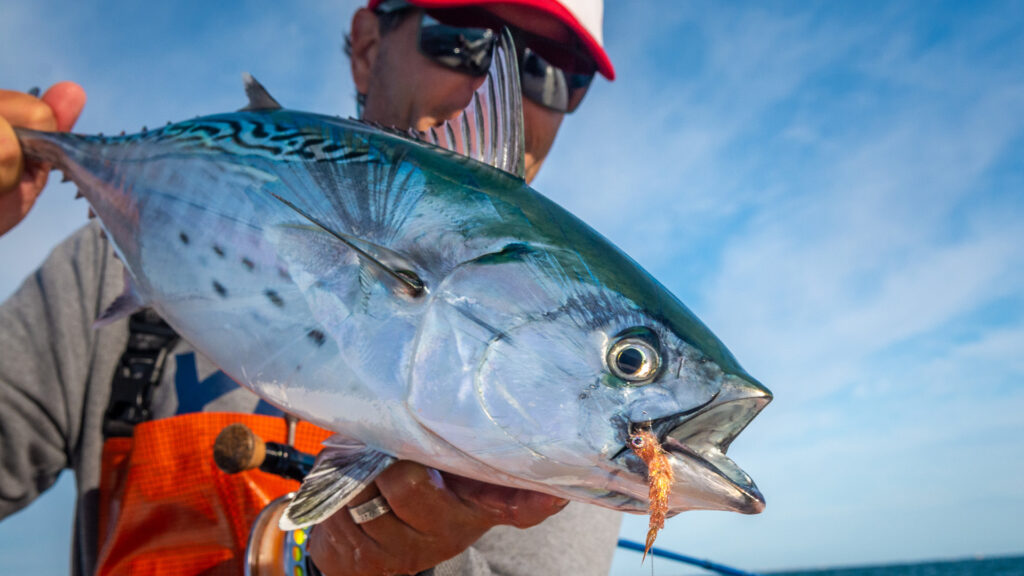Since I joined the sport in 1949, TFO’s Impact has become my favorite fly rod for general fly fishing. I’d like to explain why.
First, it’s important to realize the amount of bend put in the rod when it stops at the end of the stroke is what unrolls line to target.
A stroke is a movement to deliver something from the starting point to the target. The proper stroke makes it possible for the baseball player to make a bunt or hit a home run or to throw the Frisbee a short or long distance. A proper stroke can be short or long but it must continue to smoothly accelerate or go faster and faster, ending in the direction you want to deliver an object. The stroke can start slow or fast but must accelerate to the end. I believe understanding a good stroke is the most important factor when fly-casting.
Conventional fly-casting techniques suggest stopping the backcast a little past vertical. If the forward cast begins from this position, it allows the angler only a relatively short stroke. However, the rod needs to bend more to deliver a forward cast with heavier lines and flies, into the wind or for more distance. Such a short stroke requires more effort to bend the rod to do job. Experienced casters have learned to drift the rod hand well back allowing a longer stroke (forward cast) with less effort.
I think the Impact series that TFO designed is a revolutionary rod that can help fly fisherman improve and appreciate a proper casting stroke. Almost all modern fly rods are flexible near the tip but increase in diameter and stiffness toward the rod handle, requiring more effort to bend the lower portion. The Impact is different. From the tip the rod tapers slowly in diameter to the reel seat without lacking in power or strength. This design offers many advantages.
Range of Power – Modern fly rods usually cast well the line designed for it and one lighter or one heavier in size. The Impact rod bends easily from tip to the butt so it handles a number of line sizes. For example I can fish effectively with my 8-weight Impact with lines from 5 to 9 weight. I’ve never cast another rod so versatile that it would handle five different line-weights. It also is not as critical to have just the right amount of line outside before the backcast.
Rod Recovery – Watch the rod tip of a great caster. The tips stops smoothly and doesn’t bounce up and down. For most fly fishermen the tip vibrates on the stop because the lower portion of the rod is so much stiffer. The vibrating tip produces undesirable shock waves in the line. Because Impact rods taper smoothly throughout, the tip stabilizes quickly – eliminating any bounce at the end of the cast.
Roll Casting – During roll casting a greater portion of the Impact bends allowing most anglers to roll cast so much better.
Durability – It is one of the toughest rods I’ve ever fished. Using a 20-pound tippet on an 8-weight rod I hooked a redfish of almost 20 pounds in the Louisiana swamp and fully expected to break the rod but didn’t. Unlike a fast action rod, the extreme load in the fight with this fish was spread throughout the rod – reducing the “high stick” break risk.
In summary, the generally accepted casting stroke is rather short which requires much more effort to load the rod deeply. Casters who use this method who have tried an Impact rod do not like it all. The Impact rod requires a longer than normal strokes so the rod bends more and less effort is needed by the caster. Keep this in mind and give an Impact rod a try – I believe you’ll appreciate the Impact design as much as I do.
Interested in the Impact series?
Click here to read more about the Impact rod and here to locate a dealer nearest you!







